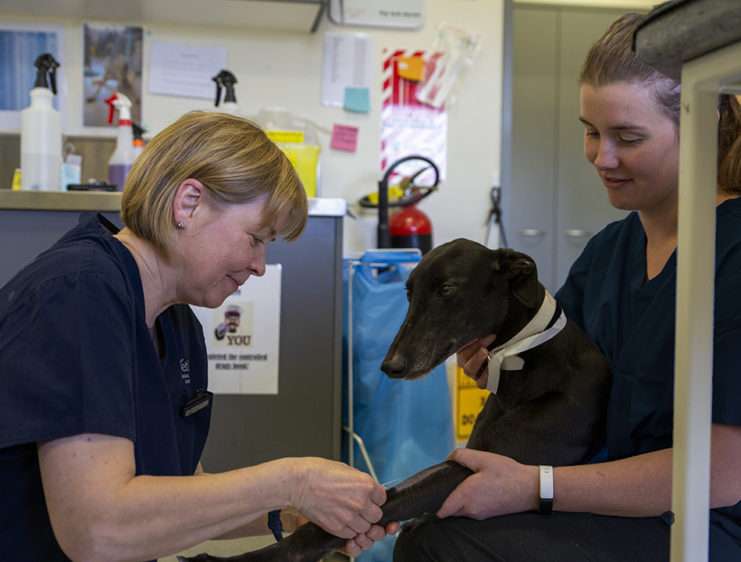
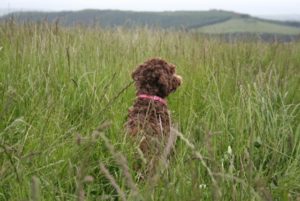
Multimin – The Trace Element Treatment that Keeps on Giving
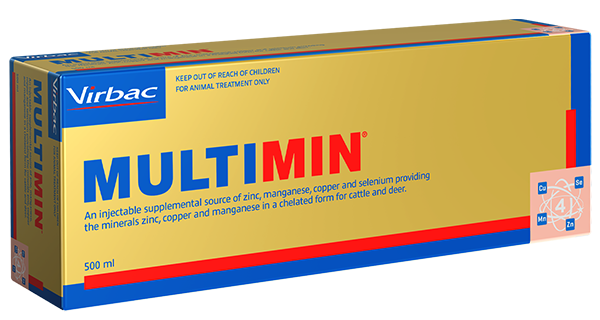
Multimin® is a unique combination of trace elements that has proven quite positively effective within multiple production parameters. The initial “top up” concept was initially viewed with scepticism by a number of veterinarians (including ourselves), but most of us have since been shown the error of our ways. While routine supplementation of animals is very effective […]
READ MORE

Thinking Ahead
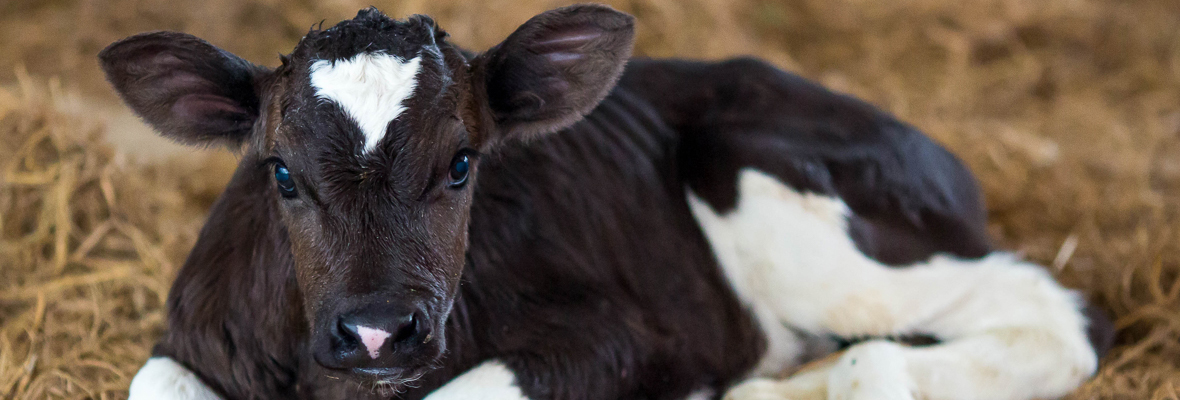
As dairy farmers are currently at peak calving, it may seem odd to write an article about planning for what is coming up in a few months’ time… mating. However, what is done correctly now can have a large impact on the success of the mating down the road. Everything is interconnected. This may sound […]
READ MORE

Scabby Mouth: Prevention is Better than Cure
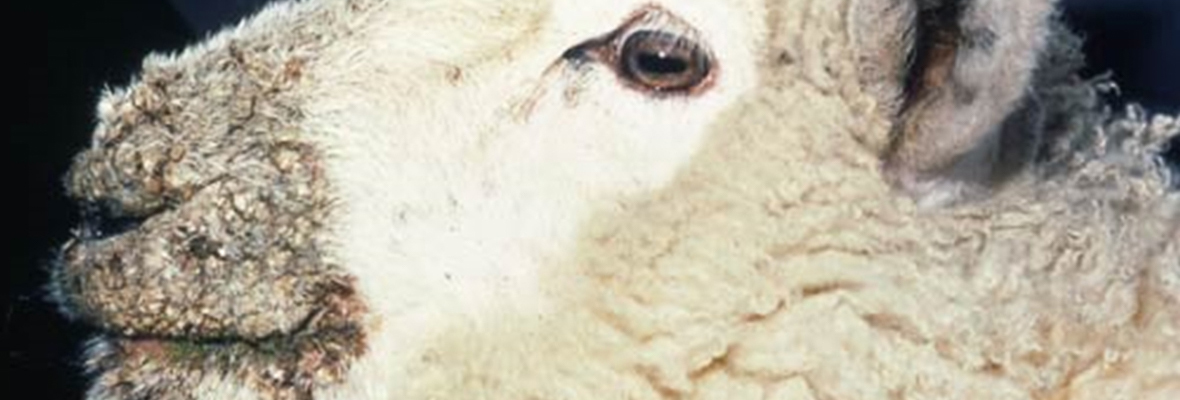
The old adage ‘prevention is better than cure’ rings very true when it comes to scabby mouth. Scabby mouth (or orf, contagious pustular dermatitis, contagious ecthyma) is a highly contagious poxvirus affecting sheep and goats, and it is also transmissible to humans and dogs. The virus can survive in the environment for over a year […]
READ MORE

Mating: Focus on the Cycling Cow
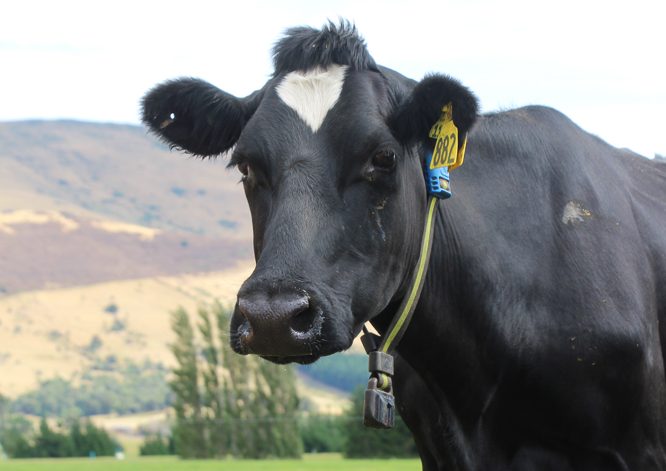
For years, the approach to mating has been to apply heat detection aids sometime before mating starts, to monitor the heat activity and to then implement a strategy for anoestrus cows. This is a sound strategy which supports the good basic farming principles of calving cows early, optimising recovery and achieving high premating heat rates. […]
READ MORE

Bull Semen Testing Under the Microscope
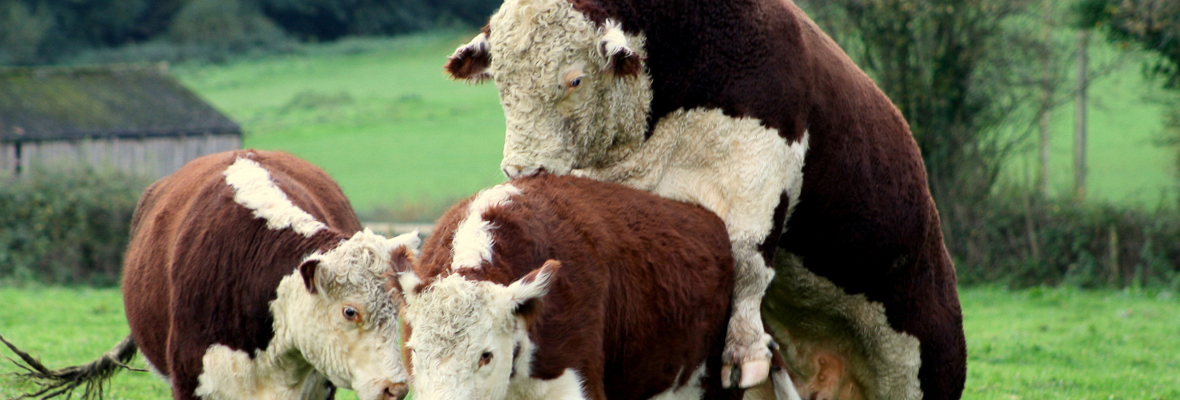
A critical component of cattle production is fertility as it is a driver of production cost and return on investment. Female fertility receives a large amount of attention, and it is enhanced by many different programmes, interventions and genetic selection. However, improving bull fertility is often largely ignored, despite it playing an important role in […]
READ MORE

Caring for Your Pet Lamb
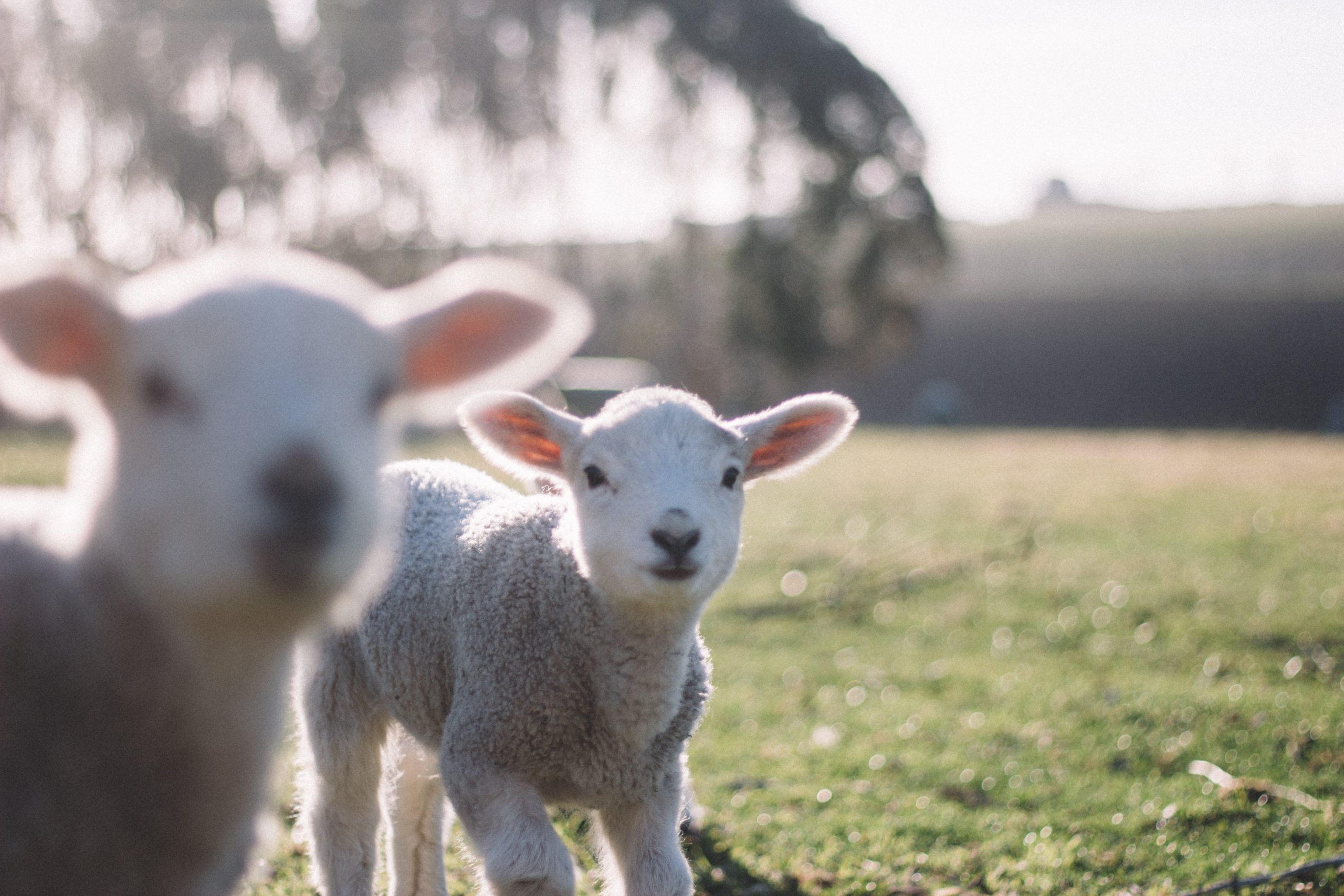
Caring for your pet lamb may seem simple, but there are a few things you need to aware of … It is absolutely vital that the lamb has at least one feed of colostrum (milk from a ewe lambed within the last 24hrs) in its first day of life. Without this colostrum, the lamb has […]
READ MORE

The Value of the Vetlife Animal Health Report
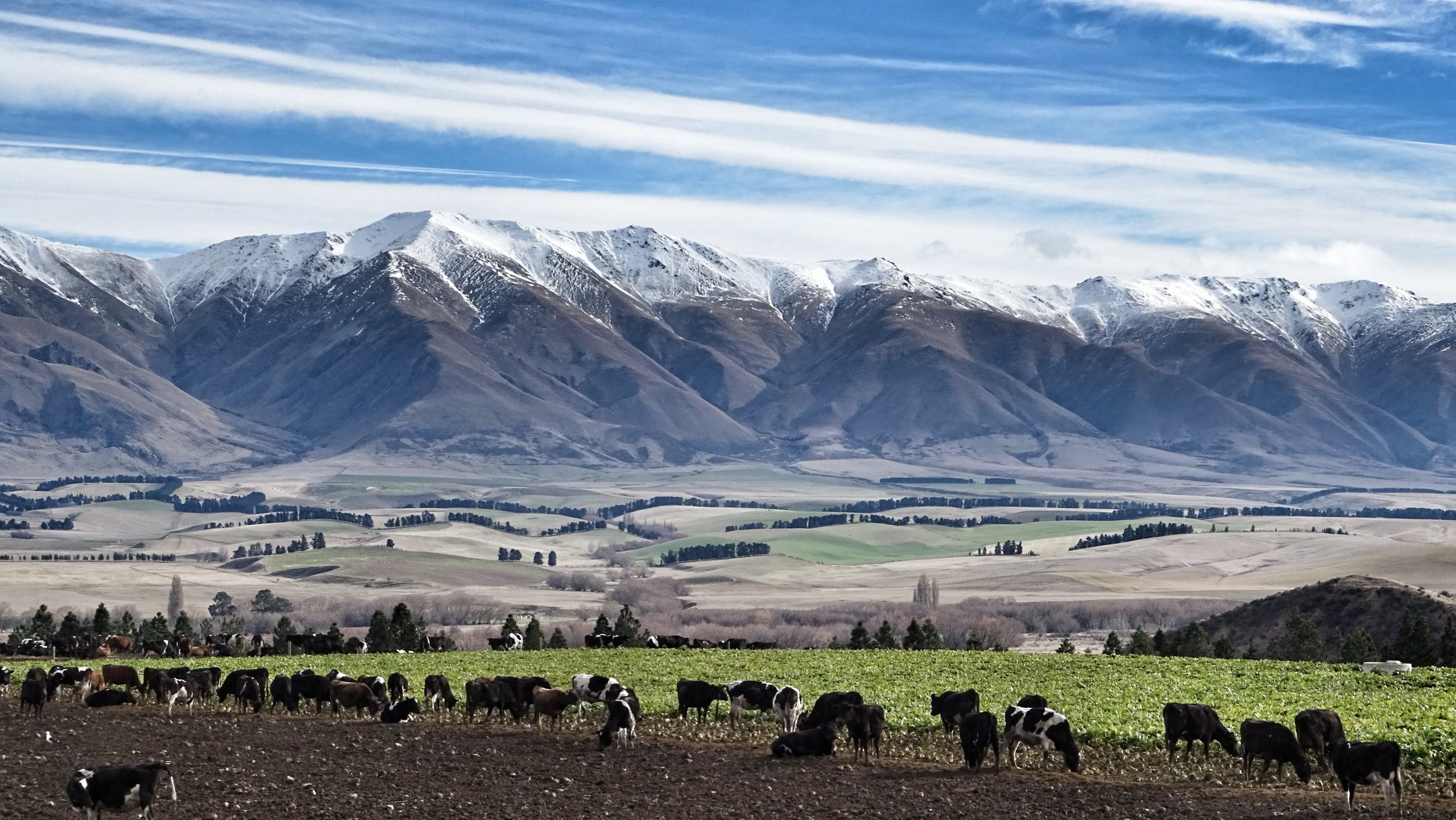
Just how can an animal health report help with your on-farm spend? Inflation is currently running high in NZ and is apparently refusing to budge from a stubborn 7.5%. Yet recent Rabobank surveys suggest on-farm inflation is running higher and could be sitting around 14%. The main drivers of this would appear to be feed, fuel […]
READ MORE

Look out for Theileria
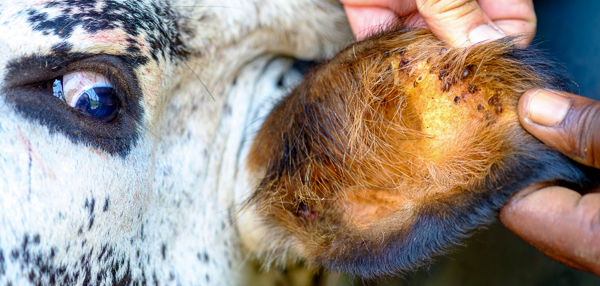
Theileria orientalis is a parasite which lives in the red blood cells of affected cattle after they have been bitten by a tick carrying the disease. It affects both beef and dairy cattle, and it can affect cattle of any age. Fortunately, there is no human health risk associated with the disease. Theileria has historically […]
READ MORE

Body Condition Score, a Balanced Diet
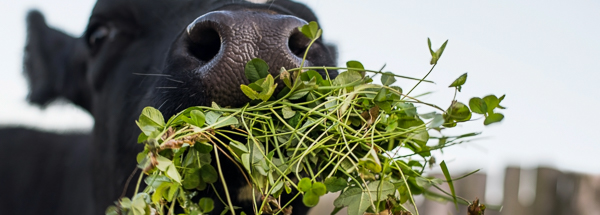
It is well-known and accepted that achieving the ideal BCS at dry-off is crucial to the proceeding season. The target is BCS 5.0 for cows and 5.5 for heifers. Unfortunately, for whatever reason, this is rarely achieved and we need to put weight on our cows through the dry period. Cows calving 1 BCS lower than target […]
READ MORE

The Transition Cow – an Area of Opportunity
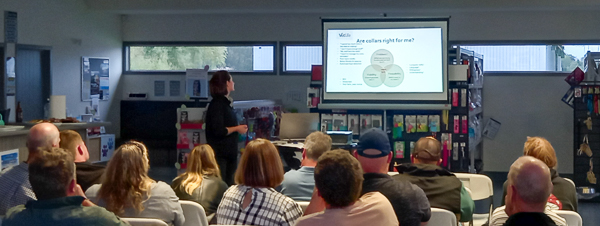
About 90% of illness in the dairy cow occurs in the transition period, i.e. the three weeks before calving through to the three weeks following calving. There is huge demand on the dairy cows during this time. From being late-pregnancy, non-lactating animals with small changes in energy demand, they go through calving (which is inherently […]
READ MORE

Scour Prevention
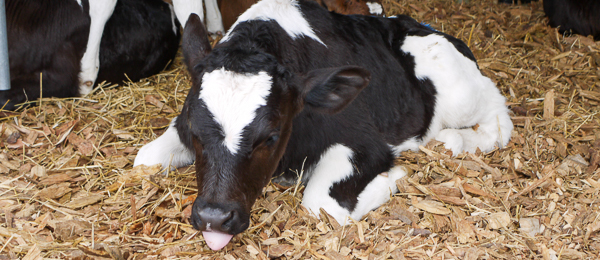
Calf diarrhoea, or scours, is one of the most common and yet devastating diseases that can affect a calf. Scours can occur due to nutritional reasons, such as a change in composition, volume or timing of milk, or due to an infectious cause. Viruses, bacteria, and protozoal parasites can all be implicated in scour outbreaks […]
READ MORE

Facial Eczema
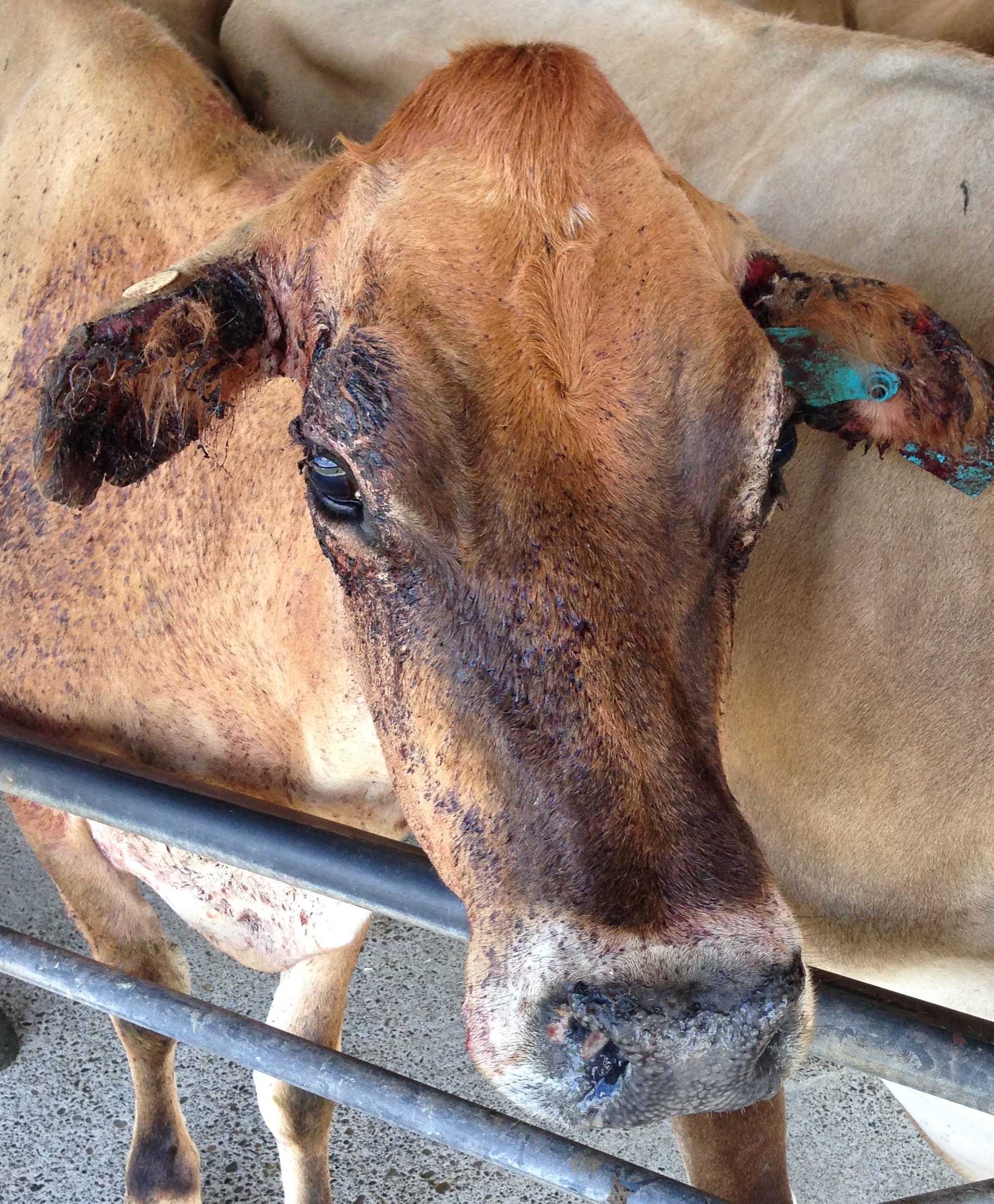
Facial eczema (FE) is caused by a fungus called Pithomyces chartarum that resides at the base of pasture in the dead litter. Moderate levels of moisture, warmth and sunlight trigger this fungus to produce spores, and when these spores are ingested, a toxin called sporidesmin is released and absorbed into the bloodstream. Due to the […]
READ MORE

Get in touch with your local Vetlife Clinic today to discuss your animal’s health concerns.
With 18 clinics based throughout the South Island, we look forward to welcoming you into one of our Vetlife clinics.
FIND A CLINIC